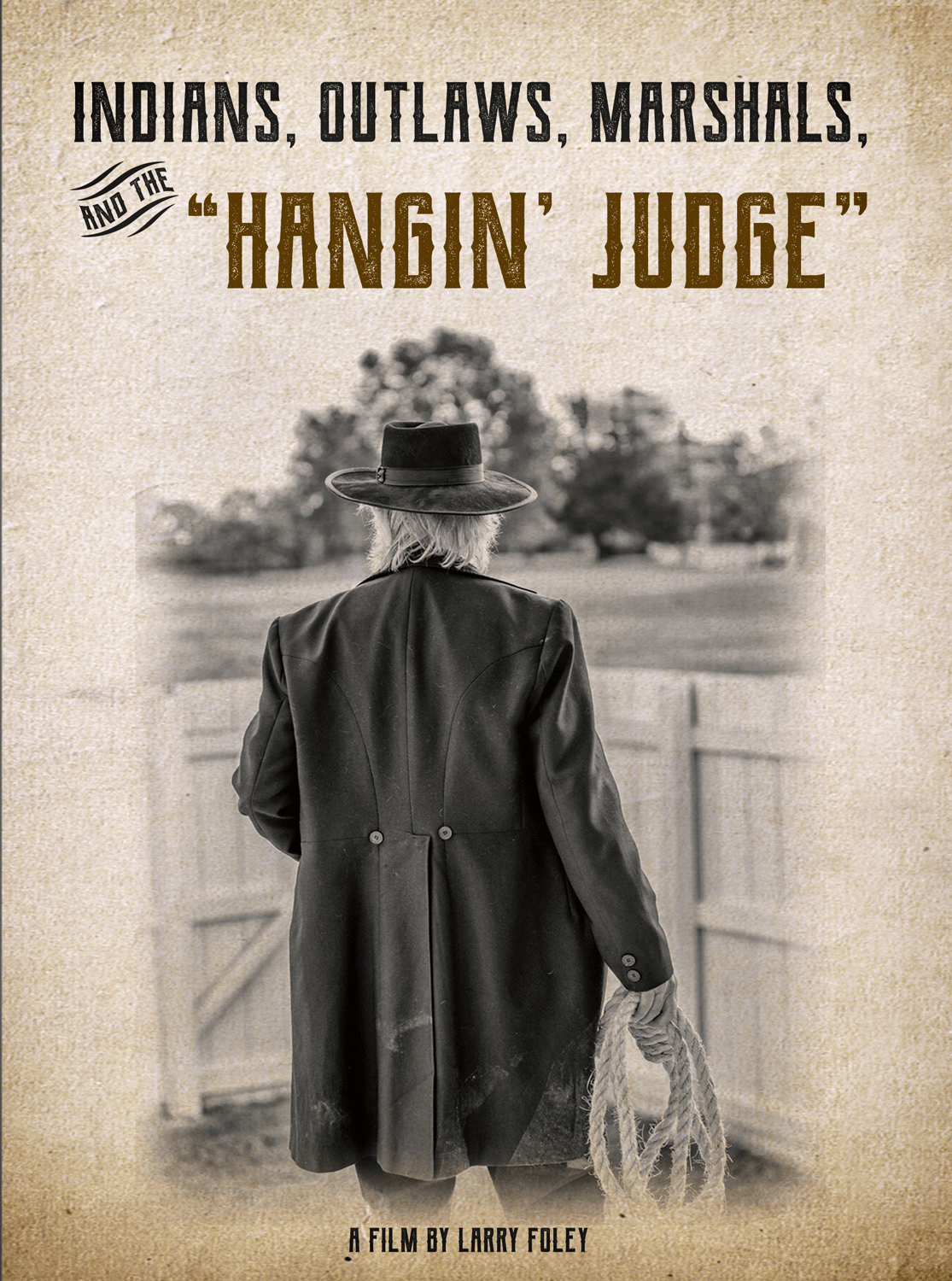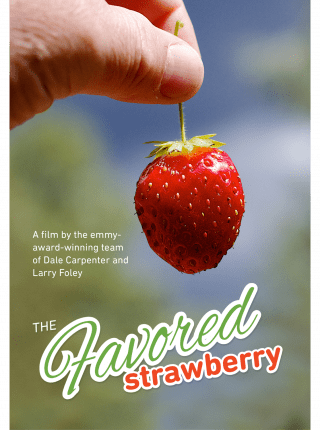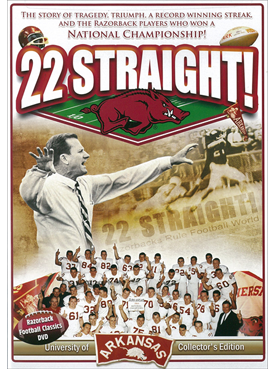Indians, Outlaws, Marshals and the Hangin’ Judge is a story set in the late 19th Century, with topics that resonate today: racial bias, gun violence, Indian affairs and accusations of police brutality. It’s the colorful story of Indian removal, crime, capital punishment and an infamous federal judge who sentenced scores of felons to “hang by the neck until you are dead.” Outlaw gangs hid from the law in lands given to native people, until Indian Territory was taken away and turned back to settlers. Told in first person using the actual words written by St. Louis Republic newspaper reporter Ada Patterson in September 1896, this real-life story is set in and around Fort Smith, Arkansas, in the same time and place as the fictional Western novel and film, True Grit. Patterson narrates, much as Mattie Ross tells the story in the Charles Portis classic. With careful and honest detail to the words and visual history of the era, we re-create Patterson’s interview with Judge Isaac Parker, the infamous “hanging Judge,” conducted on the date (September 1, 1896) Parker’s court was stripped by Congress of its jurisdiction over Indian Territory. Parker, who was dying of kidney disease, tells Patterson a gripping tale of his court, and his view of American Indians: “Twenty-one year’s experience has taught me they are a religiously inclined, law-abiding, authority-respecting people,” and of the “brutes” who stood trial before his bench. “
Indians, Outlaws, Marshals, and the “Hangin’ Judge”
$19.95
A Film by Larry Foley
80 minutes
978-1-68226-153-8 (DVD)
September 2020
Behind the scenes “Making of the documentary”
Live performances by the group National Park Radio, playing two songs featured in the documentary, “Blood” and “Old Forests,” taped at the Buffalo National River




